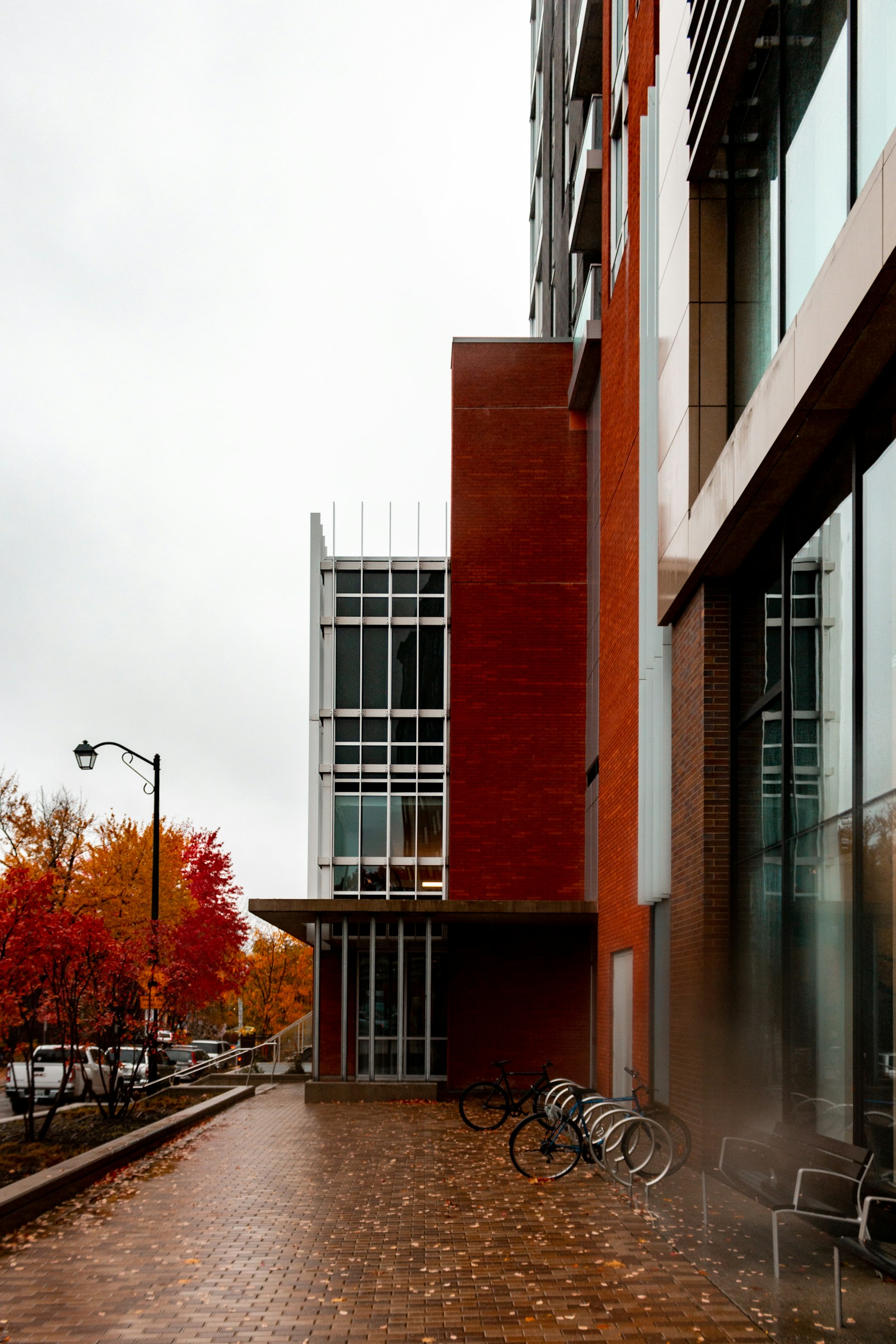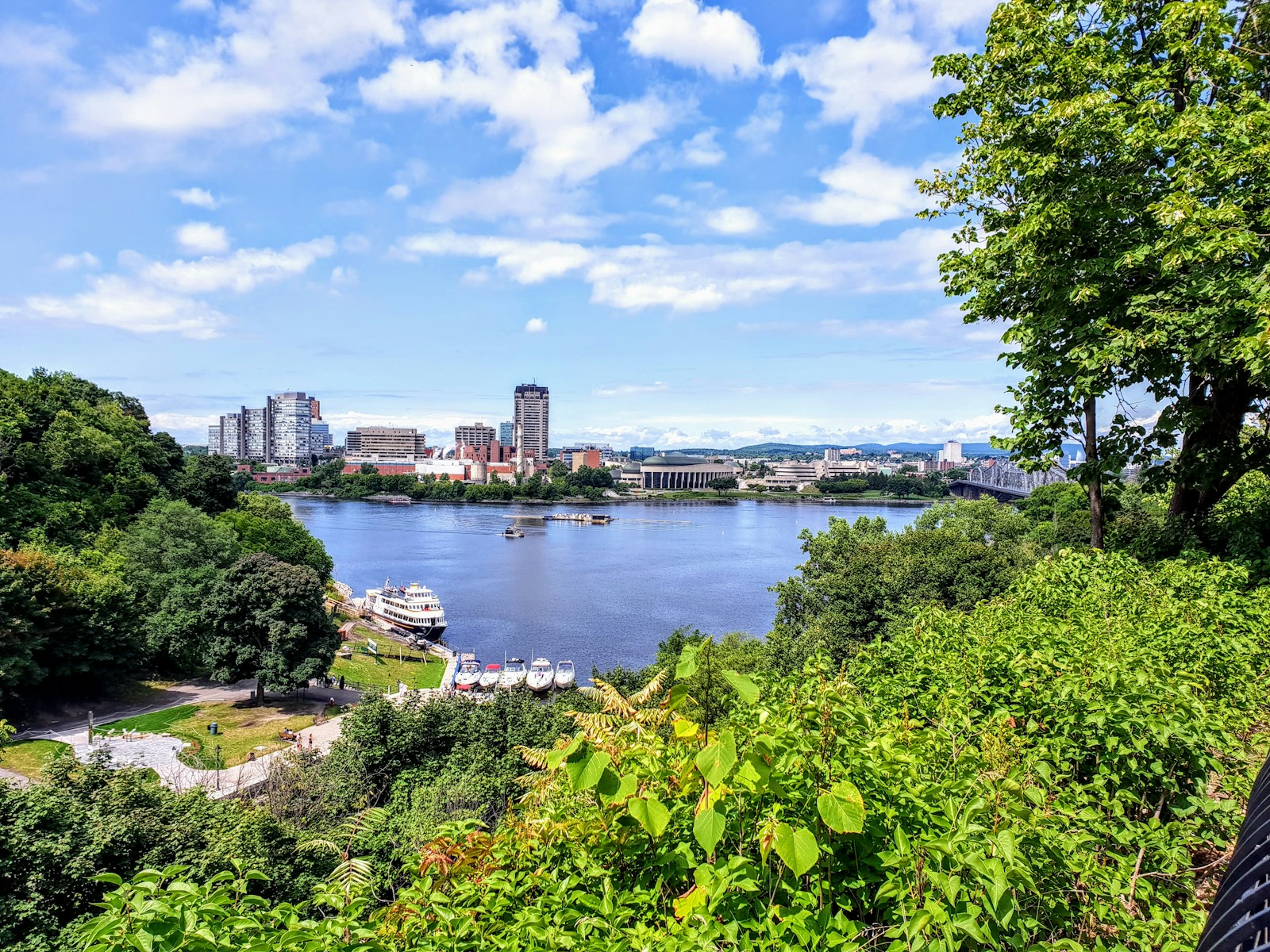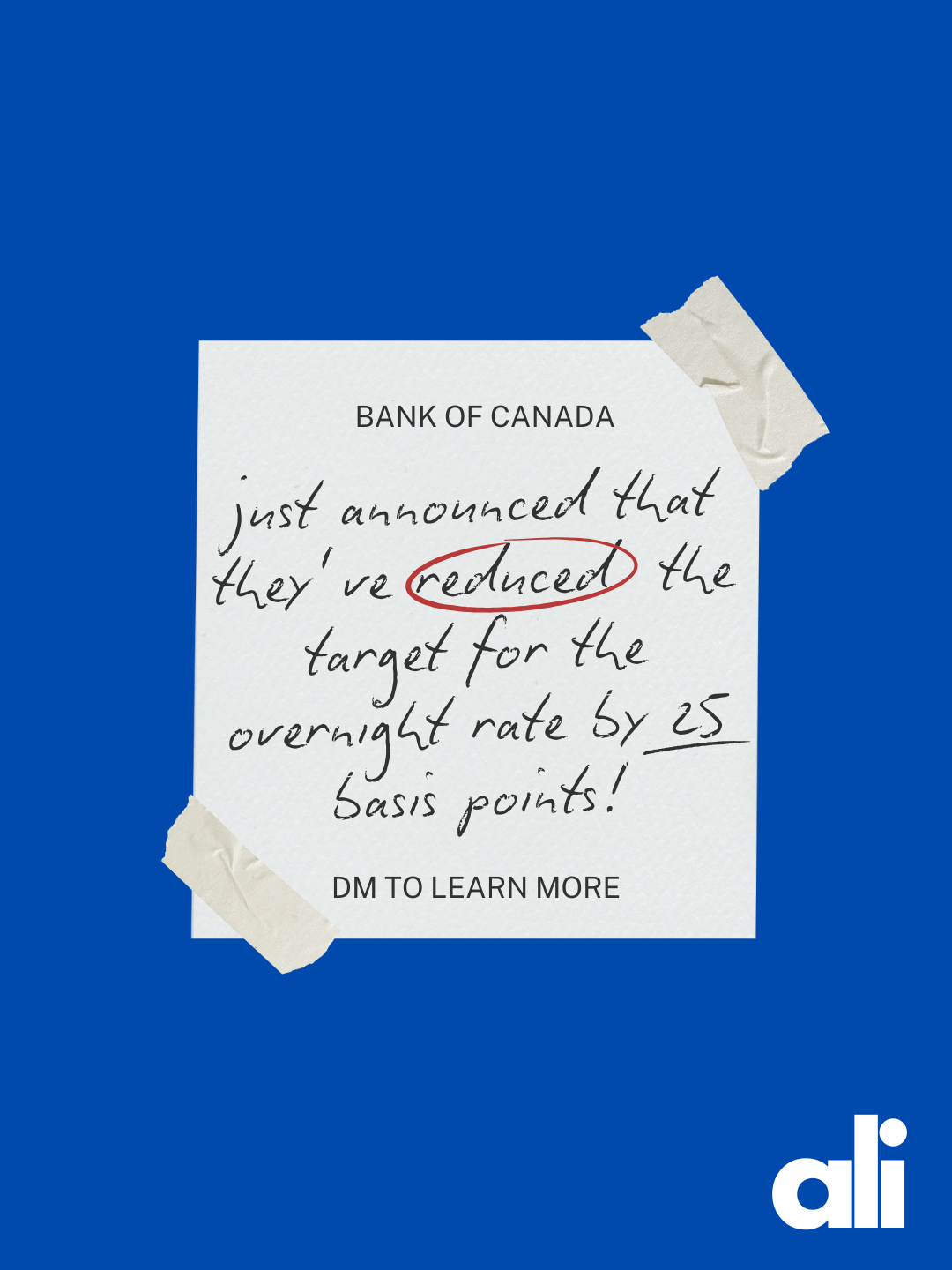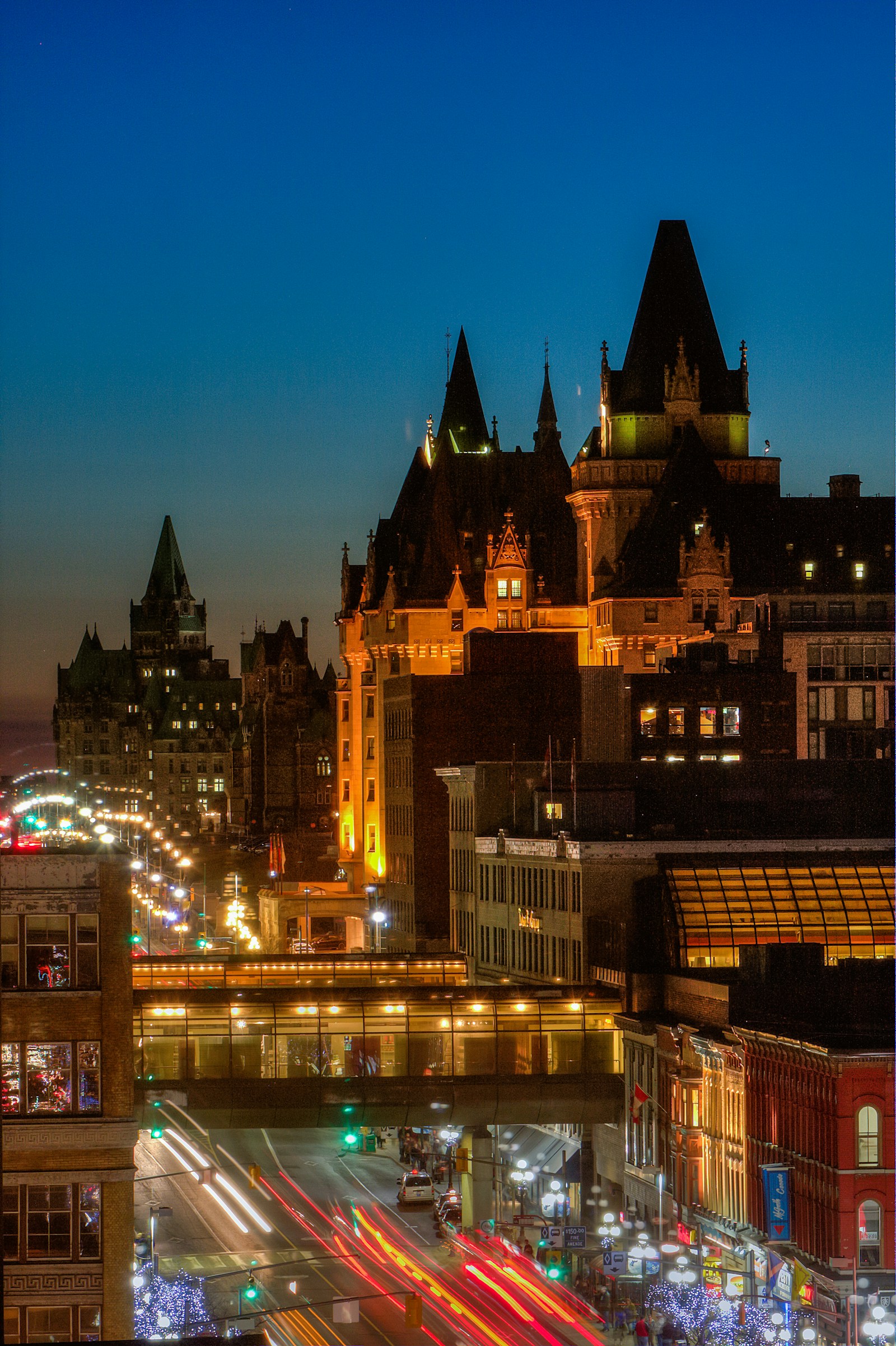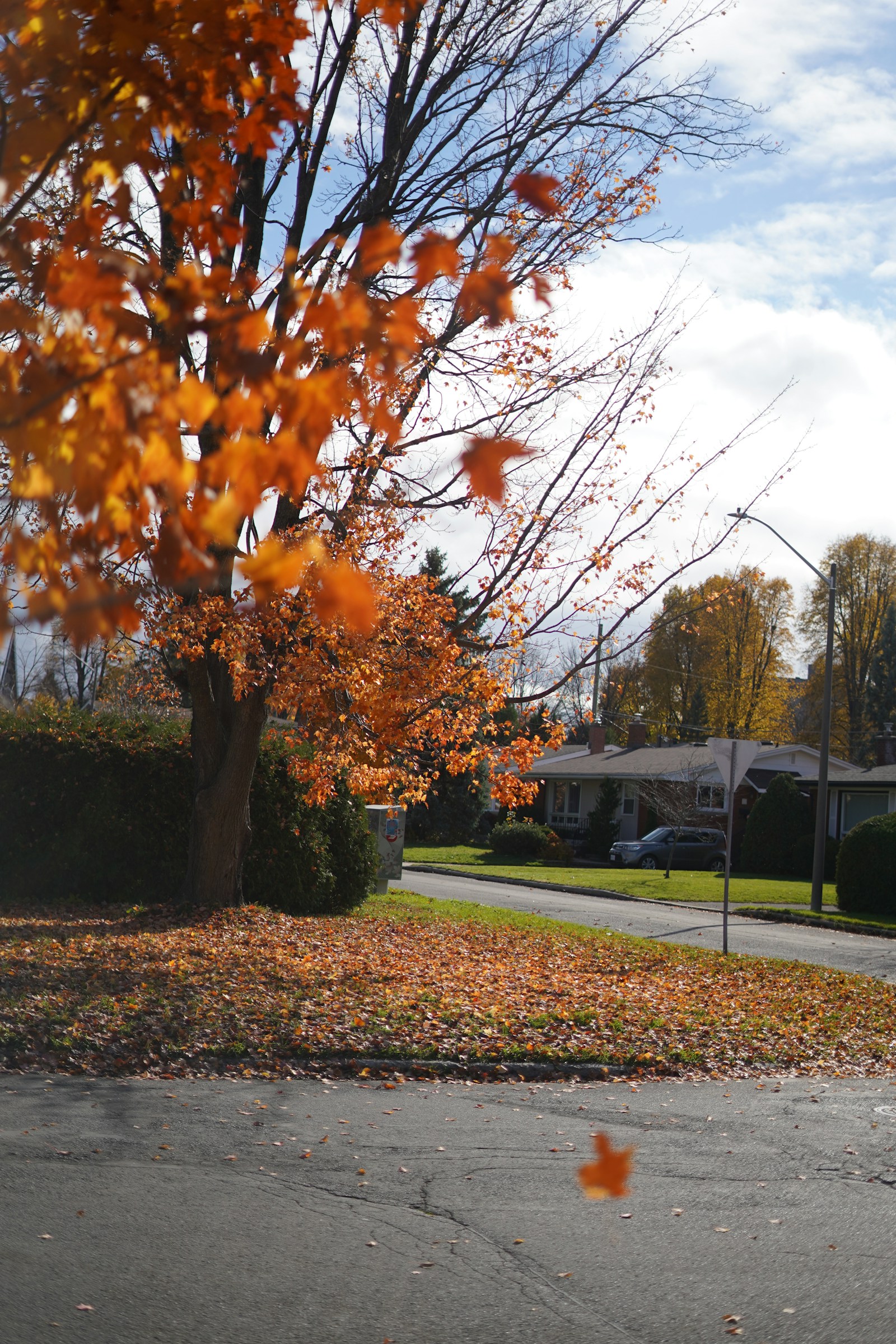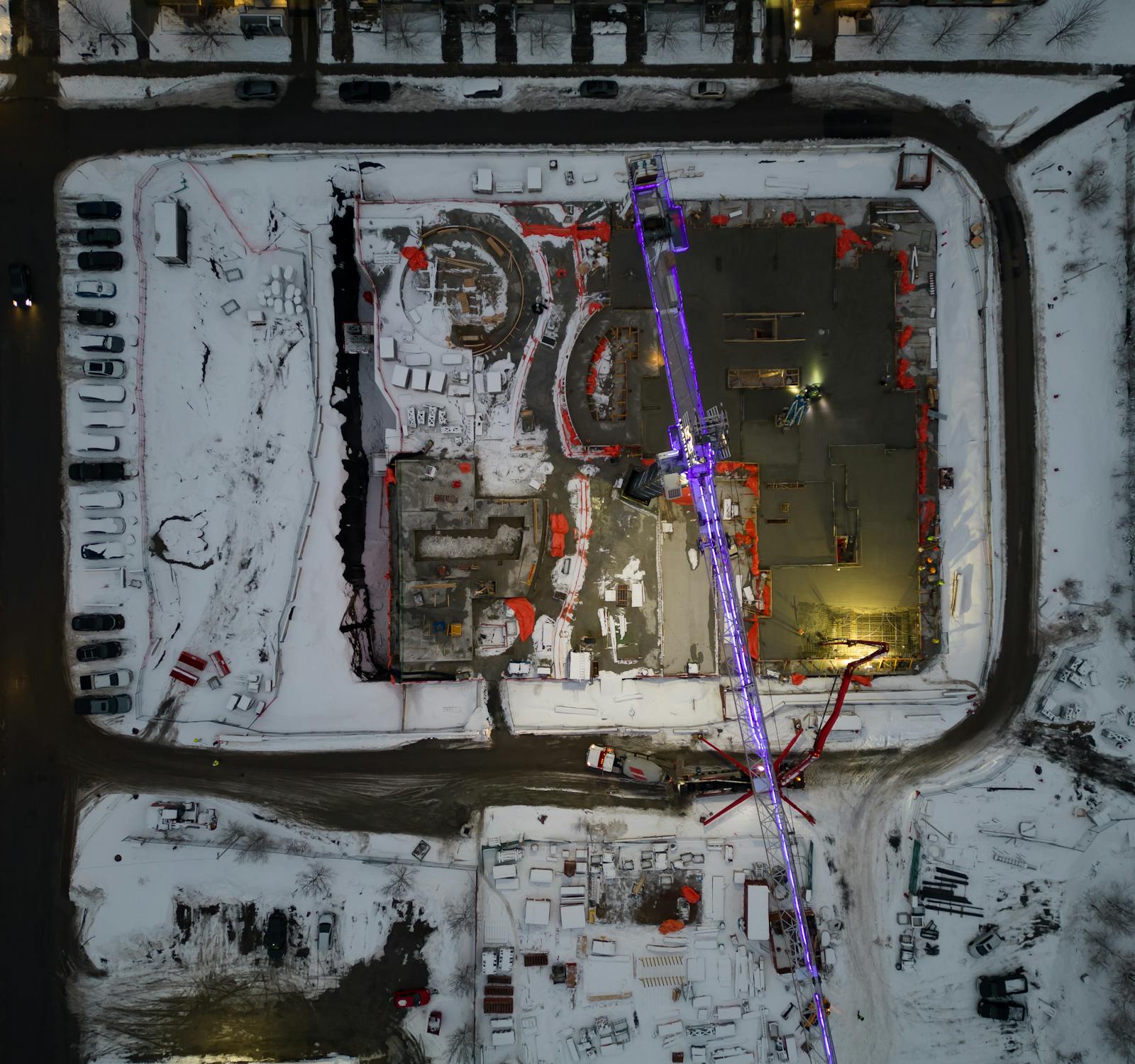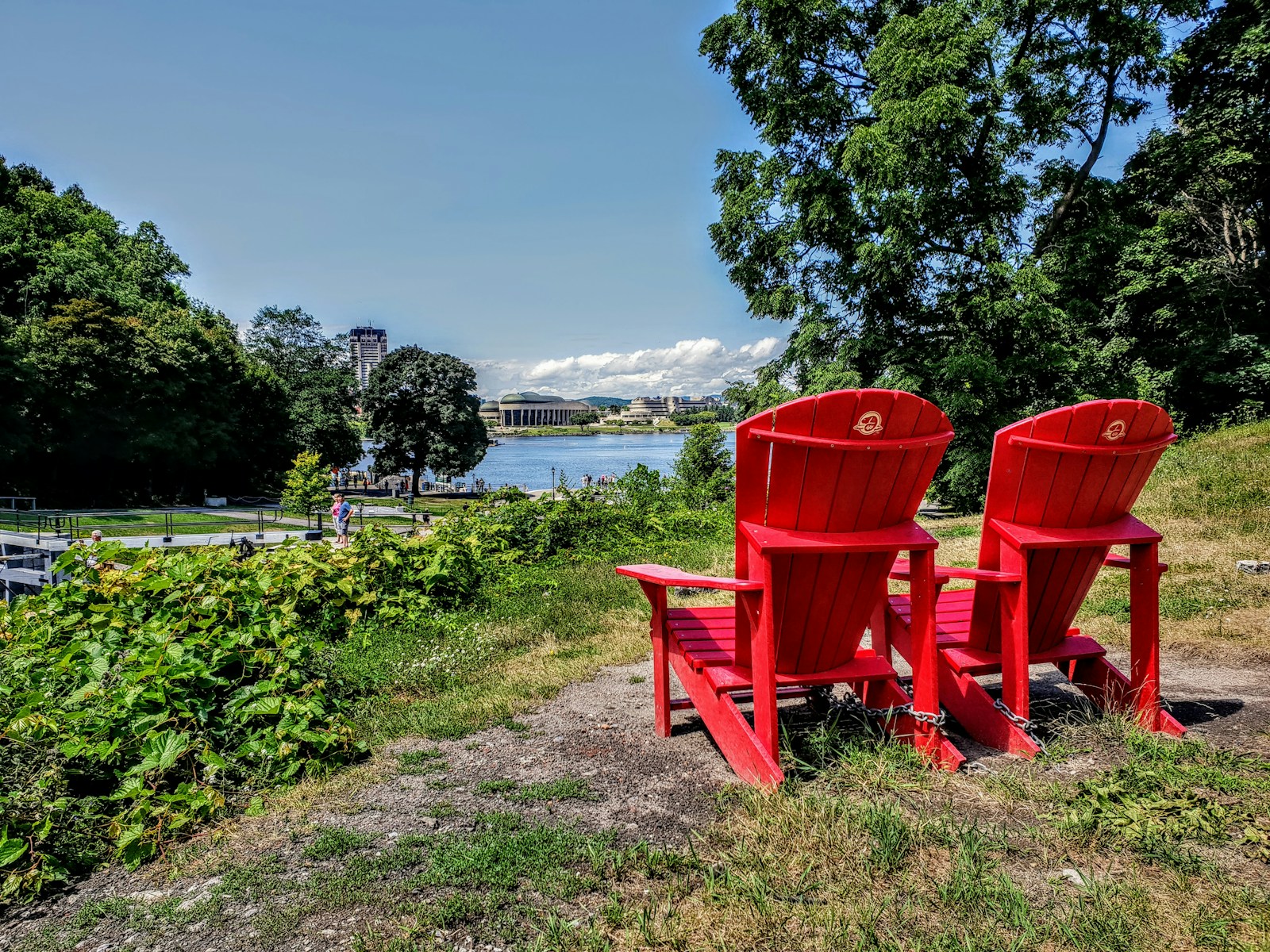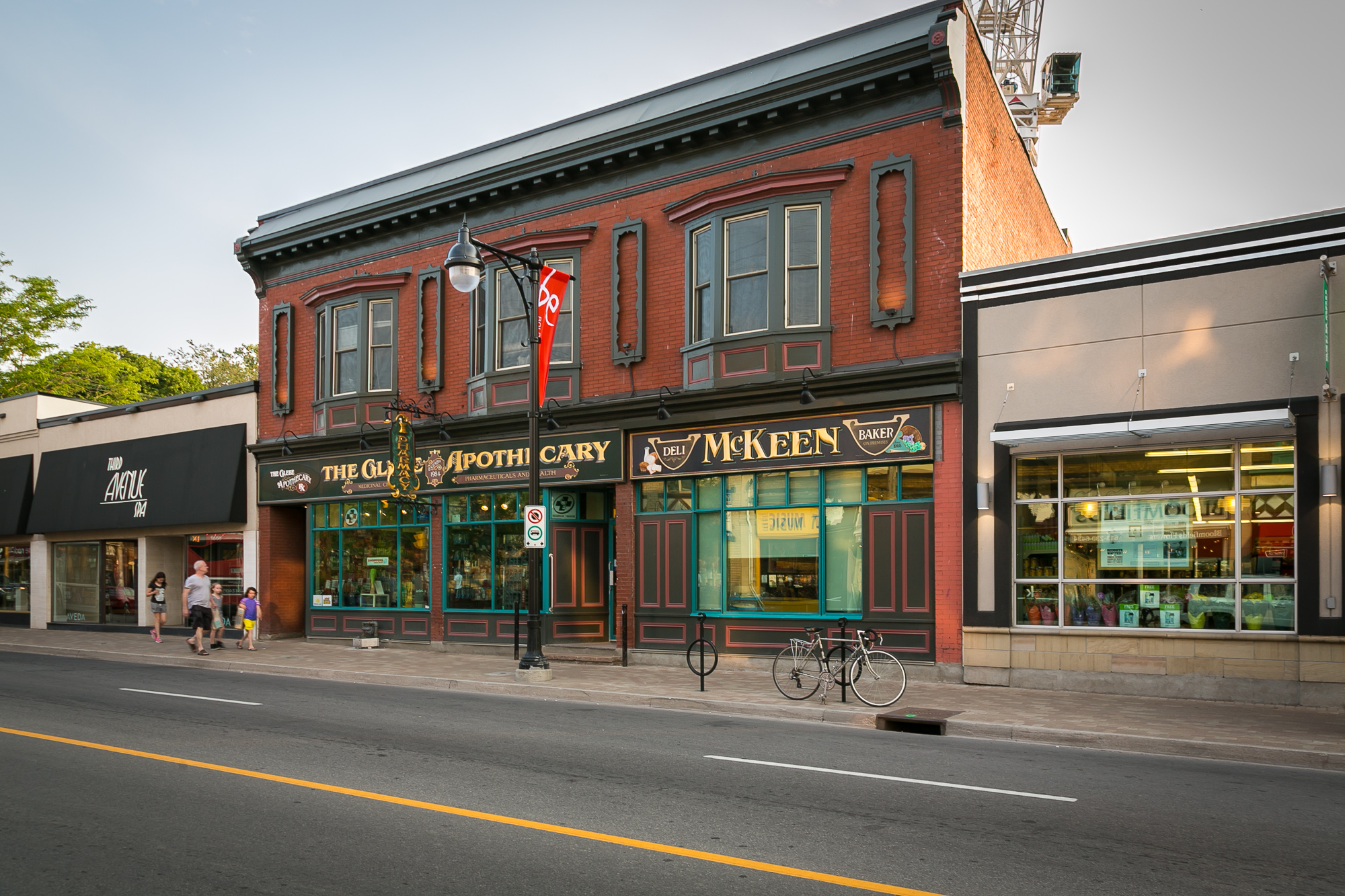Introduction: A City on the Rise
Ottawa, once known for its low-rise government buildings and peaceful suburban sprawl, is evolving into a city defined by sleek glass towers and modern skylines. In 2025, cranes dot the downtown landscape, signalling a shift toward urban density, walkability, and lifestyle-driven living. For professionals, investors, and empty nesters, Ottawa’s high-rise condo boom offers a new way to experience the capital — one that blends urban convenience with world-class design.
The Transformation of Ottawa’s Skyline
The transformation isn’t just visual — it’s cultural. Downtown neighborhoods like Centretown, Lebreton Flats, and Little Italy are seeing a surge in vertical living projects that reimagine what it means to call Ottawa home. Developments such as The Icon in Little Italy and Claridge Moon near Lyon LRT station symbolize a new era of design and density.
Developers are responding to several key drivers:
Population Growth: Ottawa’s population is set to surpass 1.1 million by 2026.
Limited Land Availability: Downtown land is scarce, making vertical construction the logical next step.
Transit Expansion: The Light Rail Transit (LRT) system has made condo living more accessible and appealing.
Younger Buyers: Millennials and Gen Z buyers are embracing low-maintenance, walkable lifestyles.
Why High-Rises Appeal to Modern Ottawa Buyers
For many urban dwellers, the appeal of downtown high-rises goes beyond just location. These towers offer an ideal blend of amenities, security, and lifestyle perks that traditional housing often lacks.
Key Benefits Include:
Prime Location: Steps from offices, universities, restaurants, and the LRT.
Luxury Amenities: Gyms, rooftop terraces, and concierge services are now standard.
Low Maintenance: Perfect for professionals who prefer convenience over yardwork.
Views & Natural Light: Panoramic skyline or river vistas from upper floors are a major draw.
Buyers are increasingly seeing high-rise condos as long-term lifestyle investments, not just entry-level properties.
Where Ottawa’s High-Rise Growth Is Concentrated
Ottawa’s condo boom isn’t limited to one pocket — it’s reshaping multiple neighborhoods across the urban core.
Investment Outlook: Why Developers Are Betting Big
Developers are confident Ottawa’s condo demand will remain strong through 2026 and beyond. With Ottawa’s public sector stability, tech job growth, and universities fueling rental demand, high-rises offer long-term ROI.
For investors, vertical living presents several advantages:
Predictable Rent Demand: Steady tenant interest from professionals and students.
Limited New Land Supply: Vertical projects make better use of valuable downtown plots.
Sustainable Design: Energy-efficient construction lowers operational costs and attracts eco-conscious buyers.
However, as with any investment, buyers should weigh condo fees, reserve funds, and developer reputation before committing.
Challenges of Ottawa’s Vertical Expansion
While the benefits are clear, Ottawa’s move toward a high-rise skyline also brings challenges:
Infrastructure Pressure: Increased density requires upgraded utilities and traffic management.
Affordability Concerns: Luxury towers can push pricing beyond the reach of average buyers.
Community Character: Some residents worry about losing the charm of Ottawa’s historic low-rise core.
City planners are working to balance growth with livability — encouraging mixed-use zoning, green roofs, and public space integration to keep Ottawa’s downtown both dense and human-scaled.
The Future Skyline: What’s Next?
Over the next decade, Ottawa’s downtown skyline will continue to climb. New towers near Bayview Station, Tunney’s Pasture, and Lebreton Flats promise to redefine the city’s visual identity. The arrival of Stage 3 LRT will only amplify this transformation, linking vertical communities from east to west with seamless transit access.
As density grows, expect to see a new generation of “complete communities” — where residents can live, work, shop, and socialize all within a few city blocks.
Conclusion: Ottawa’s Vertical Future Is Here
Ottawa’s shift toward high-rise living reflects a broader trend seen across major Canadian cities — a move toward smarter, denser, and more connected urban spaces. What once felt like a government town of detached homes is becoming a modern, cosmopolitan capital built for the next generation of city dwellers.
For buyers, renters, and investors, the message is clear: Ottawa’s skyline isn’t just rising — it’s redefining what home looks like in Canada’s capital.

